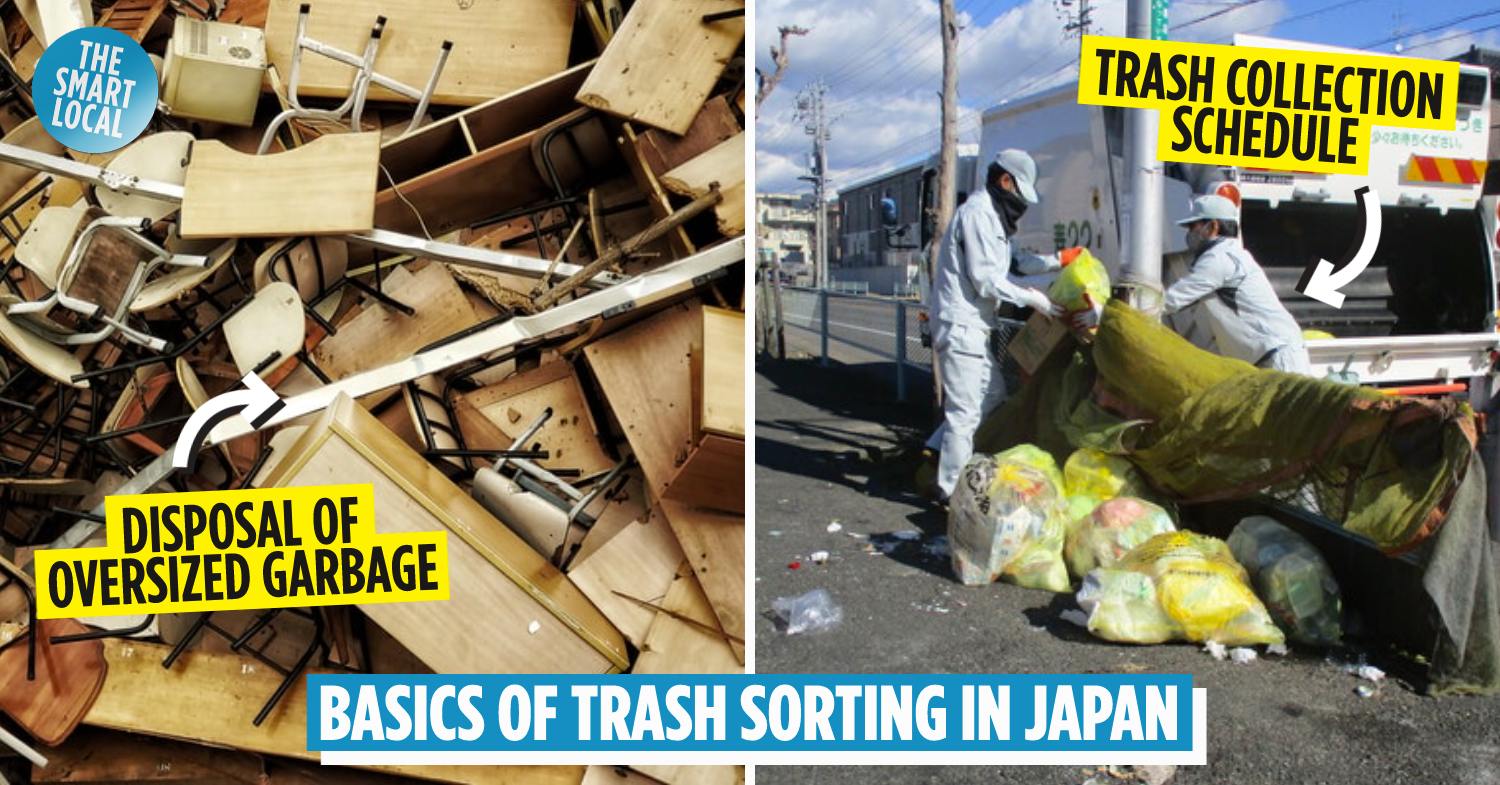Garbage disposal in Japan
Anyone who has lived in Japan for an extended period of time can attest to this – taking out the trash is a complicated process, to say the least. With so many rules and classification, learning how to sort your garbage can be intimidating for the newly initiated. But we’re here to demystify the process – read on for our basic guide to garbage disposal in Japan.
Types of garbage
Most municipalities have variations and different standards in how they categorise garbage, so take this as a rough guide. There’s usually a comprehensive pamphlet that’s given to residents, so we recommend checking with your local ward office for a detailed breakdown.
Depending on where you are, the guidelines can go both ways and be either really strict, or quite lenient.
1. Burnables
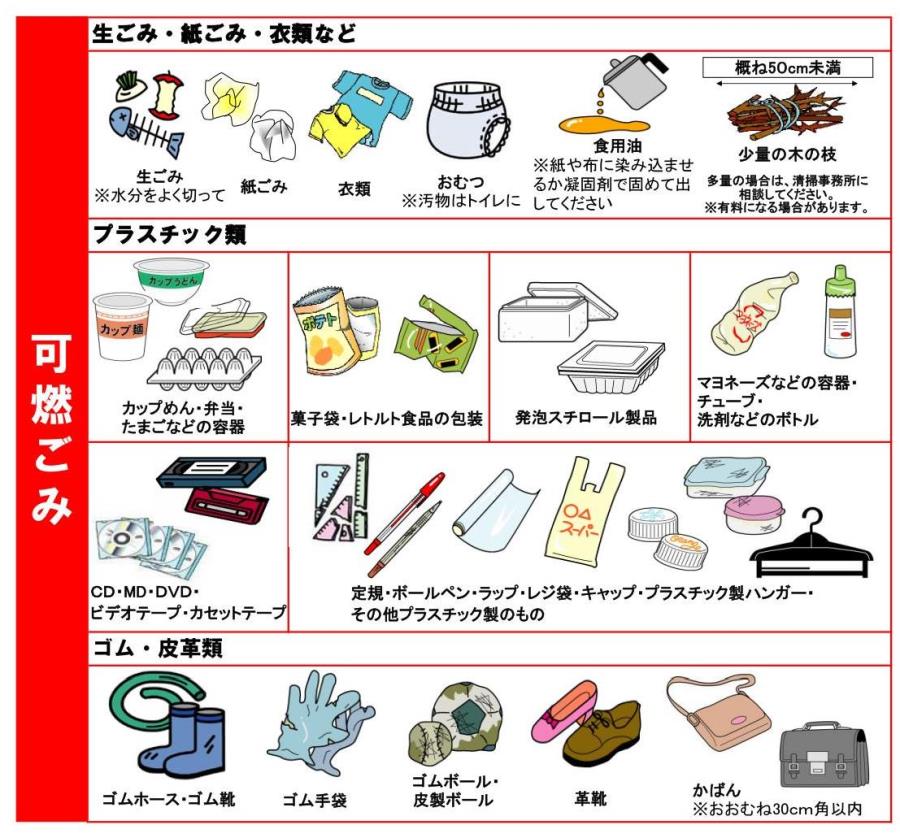 List of burnable waste in the Shibuya ward
List of burnable waste in the Shibuya ward
Image credit: Shibuya City Office
Perhaps the easiest type of trash to dispose of, 燃えるゴミ (moeru gomi) or 可燃ごみ (kanen gomi) – which translates to burnable trash – refers to items such as dirty ramen cups, styrofoam boxes, soiled sanitary products including diapers and sanitary pads, and more.
Loose papers such as receipts or scrap papers are also included in this category, and so are certain types of thin plastics – think the plastic wrapper around PET bottles, plastic egg cartons, and food wrappers.
2. Non-burnables
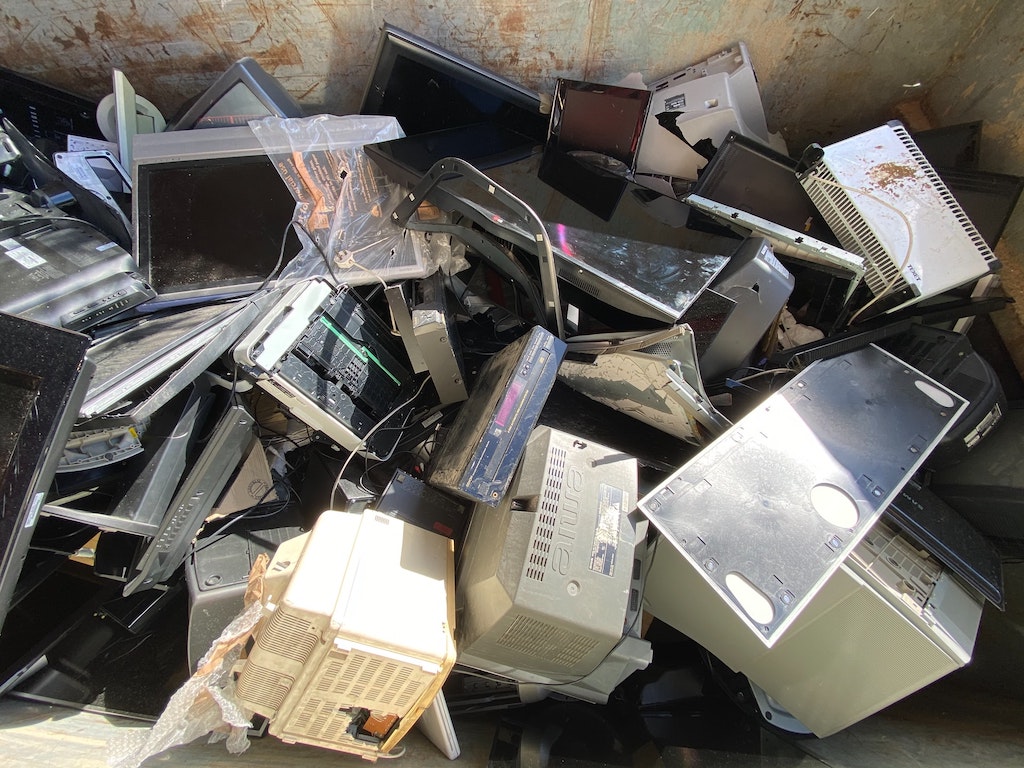 Image credit: John Cameron
Image credit: John Cameron
Non-burnables, also known as 燃えないゴミ (moenai gomi) or 不燃ごみ (funen gomi), is where lines start to blur. Theoretically, anything that’s non-combustible should belong to this category. But in some regions, rinsed plastic food containers may also be included.
Metalware such as pots and pans, glassware, and electrical appliances are typically classified as such, though some municipalities may set size limits. For example, Chiyoda City in Tokyo defines anything that’s bigger than 30cm as oversized refuse.
Other items that can be chucked as non-burnable trash include lighters and dry batteries.
3. Recyclable waste
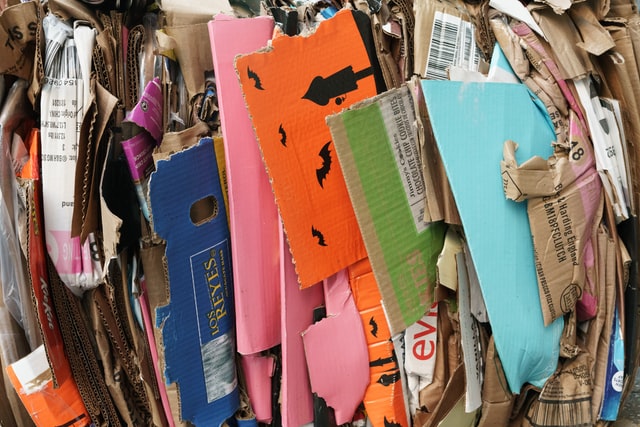
Image credit: Michael Jin
When it comes to recyclable trash (資源ごみ; shigen gomi), the procedure is not complicated – residents just have to sort the types of waste according to their municipality’s guidelines. Recyclable waste can include glass bottles, cardboard, cans, PET bottles, newspapers, and cardboards.
Take note that your city may specify certain ways to do the sorting. For instance, PET bottles should be rinsed before disposal, with the bottle caps separated and labels peeled off before they go into your recyclable pile.
Again, depending on the rules in your area, waste like newspapers and cardboard ought to be bundled up neatly before you drop them off at collection points.
4. Food waste
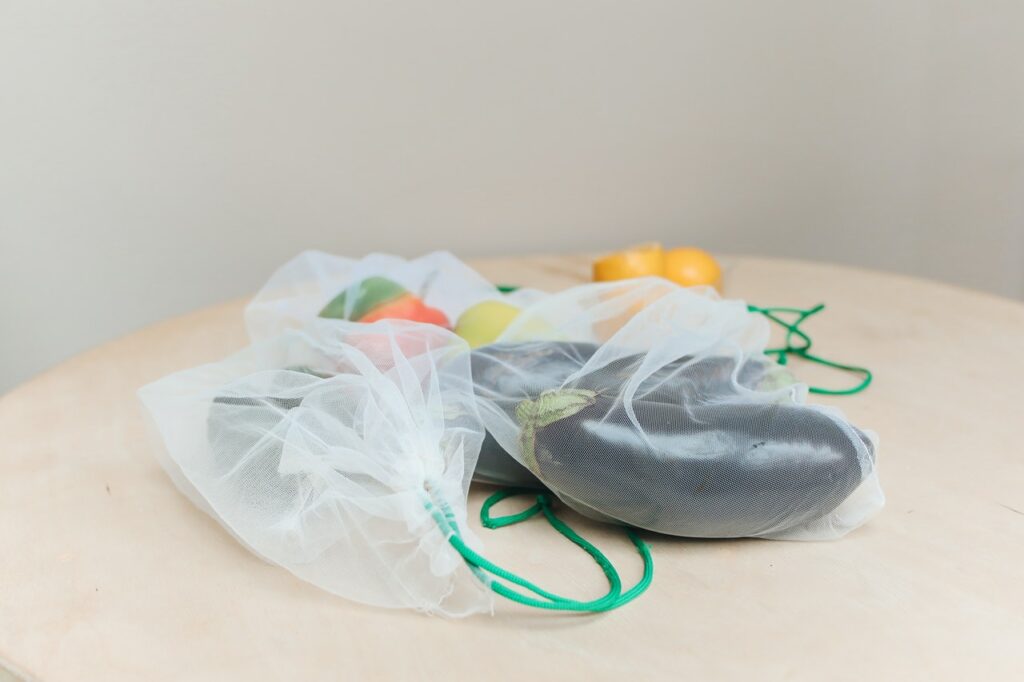 Image credit: Polina Tankilevitch
Image credit: Polina Tankilevitch
If you have kitchen waste and food scraps (生ゴミ; nama gomi), chuck them in the bin for burnables. Alternatively, you can try your hand at composting. Small composting bins can be purchased at relatively inexpensive prices, ranging from around ¥3,000- ¥6,000 (~USD23.92-USD47.84).
Using cardboard boxes is also a cheap and compact way to compost, especially for city dwellers living in small apartments.
5. Oversized garbage
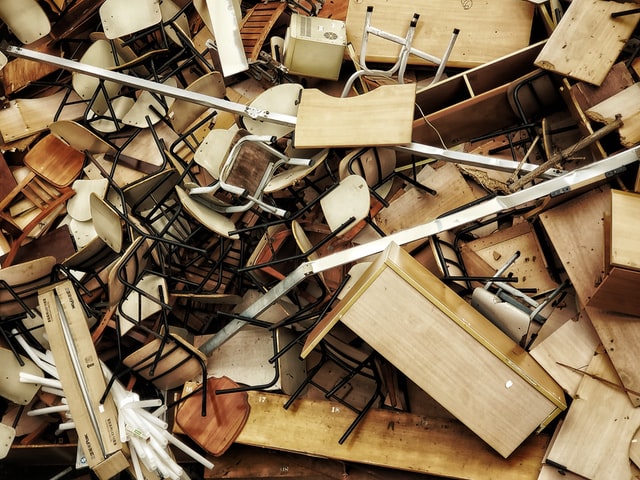
Image credit: Weiye Tan
For household appliances, furniture, and larger objects such as bicycles, recycle shops and second-hand shops are a good way to offload such items if they are in good condition.
Otherwise, they will be considered oversized trash (粗大ゴミ; sodai gomi or 大型ゴミ; ōgata gomi). To dispose of them, contact your local ward office and pay the necessary fees in advance to arrange for collection. You’d be given a sticker to attach to your item, which you can proceed to leave at the pickup point on the appointed collection day.
General rules to know
1. Different days are allocated for different types of trash
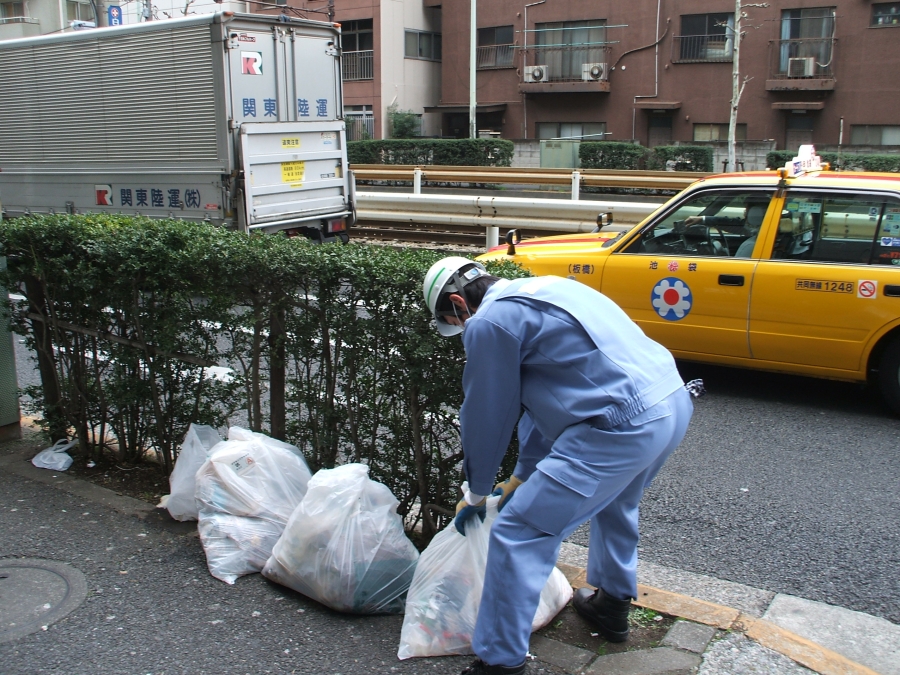 Image credit: Shinjuku City
Image credit: Shinjuku City
Don’t make the mistake of disposing of your recyclables on the collection day of burnable trash, or you’ll stoke the ire of locals. In Japan, different types of garbage are collected on specific days, as determined by your area.
For instance, burnable trash may be collected twice to thrice per week, since it tends to accumulate faster than the other types of garbage. In many cases, residents will be required to leave their garbage at the pickup point by a certain time.
2. Miss the pickup days and that’s it
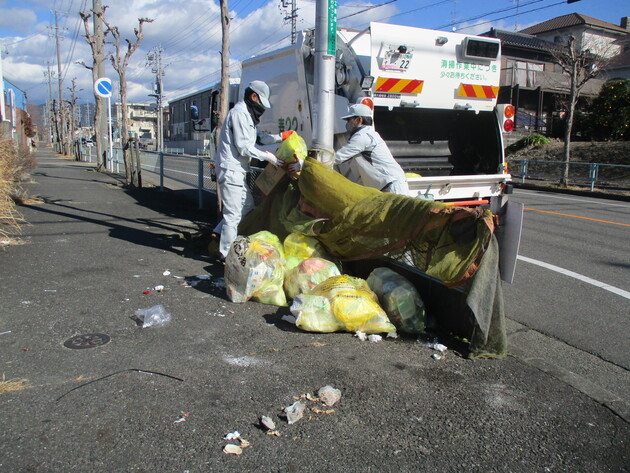
Image credit: Kasugai City
Miss the deadline and you’ll be stuck with your bags of garbage until the next round of collection, so check your municipal calendar in advance.
That said, don’t be too hasty and take out your garbage out too early as you may end up putting it out on the wrong day. To play it safe, take out your trash the night before the truck is scheduled to drop by.
3. You have to purchase designated trash bags
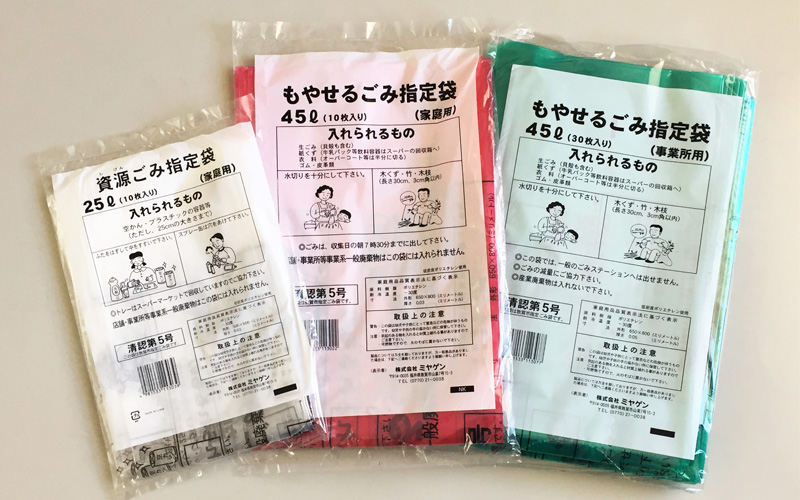
Image credit: Miyagen
Some cities or areas require residents to dispose of certain types of garbage in designated plastic bags that you’ll have to purchase. The reason? Waste disposal companies are engaged for some cities, and the plastic bag fees are used to offset the cost required to transport the waste to the incineration facility or landfill.
Some cities provide a set of vouchers for residents to get their ration of bags. Otherwise, the bags can easily be purchased at local supermarkets, convenience stores, and home centres.
4. Refer to the recycling mark
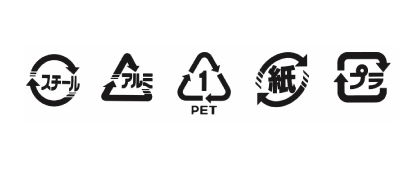
(From left to right) Steel, aluminium, plastic bottles, paper, and plastic.
Image credit: Suntory
Unsure whether the pack of green tea you’re drinking is recyclable? Look out for the identification mark, which can be found on its packaging. Items with the mark are generally recyclable, so look carefully and discard the used item according to the rules of your local government.
5. Drop off your garbage at collection spots
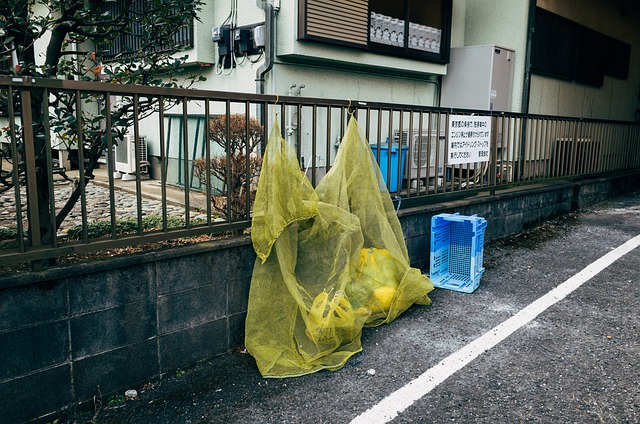
Image credit: viarami
Usually found near residential areas or within the premises of apartments, garbage collection points are hard to miss as it’s common to see a huge piece of netting over it. In some places, there’s even a huge garbage bin that’s made entirely of sturdy wire mesh.
This is done to prevent pests such as crows from getting to the trash and tearing the bags apart, so be sure to place your bags under the cover.
Guide to garbage disposal in Japan
Garbage disposal in Japan may not be as intuitive as many foreign residents might hope, but with a little practice and time, it’s bound to get easier. When in doubt, check with your neighbours and they will be more than happy to guide you along.
For more tips about living in Japan, check out:
- How to rent apartments in Japan
- Best art museums in Japan
- Guide to Japan shrines
- Travel tips for first-time travellers
- Ways to get around in Japan
Cover image adapted from: Weiye Tan and Kasugai City
